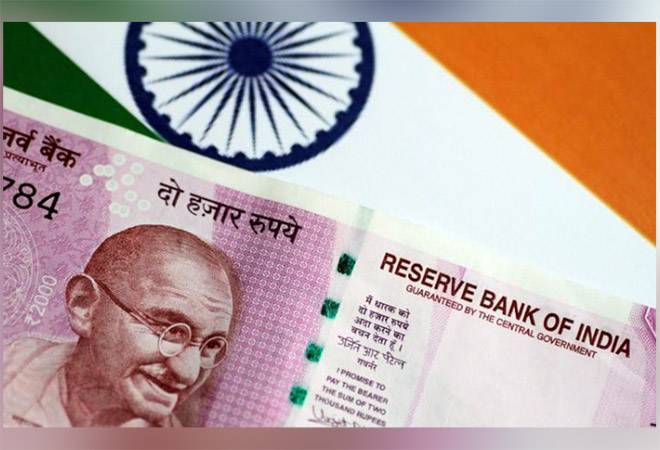New Delhi: The government’s Rs 6.28 lakh crore fiscal stimulus package is unlikely to be a big strain to government finances and leave a larger fiscal dent. The expectation is that the measures announced to provide liquidity to businesses and financial relief to people affected by the pandemic, would add just about 0.5 – 0.6 per cent to the budgeted deficit numbers.
This would mean that fiscal deficit that is budgeted at 6.8 per cent of the GDP for FY22 may rise to 7.3 – 7.4 per cent level as a direct result of the stimulus that also includes subsidy increase for food and fertiliser sectors.
“The fiscal impact of announcements made yesterday and earlier is not linear as substantial portion of the package is contingent liabilities. Ignoring these, the immediate impact will be slightly more than Rs 1.23 lakh crore which will be around 0.6 per cent of the GDP,” a SBI Ecowrap report authored by bank’s group chief economic advisor Soumya Kanti Ghosh, said.
The Centre Monday announced eight economic relief measures for India Inc, state governments as well as microfinance credit users. Finance minister Nirmala Sitharaman announced measures worth Rs 6,28,000 crore that includes enhancement of existing relief measure such as ECGLS and support for state governments.
Besides, a total of four new measures were announced to provide loans to microfinance credit users as well as tourism industry.
“Most of the fiscal support is still below the line – in the form of loan guarantees, and not direct stimulus. While the policy focus remains on small and vulnerable segments, it needs to be seen if this helps boost credit offtake amid persistent concerns around asset quality, sub-par collection efficiencies and still-uncertain economic upturn,” Emkay Global Financial said.
“We estimate that Centre’s FY22 fiscal math is likely to get disturbed by 0.5 per cent to 7.3 per cent of the GDP. The fiscal hit in the form of lower divestment, higher doles on food/fertilizer subsidy, and higher health and NREGA spending may outstrip buffers such as bumper RBI surplus and wholesale inflation-led higher nominal GDP,” the brokerage said.
According to Investment Banker Barclays the underlying fiscal impact of the measures announced by the government thus far will not exceed Rs 1.5 lakh crore (0.7 per cent of GDP), though the overall impact is projected at Rs 6.3 lakh crore (3.0 per cent of GDP).
“We had factored in Rs 99,800 crore prior to government’s announcement, to account for provision for free vaccines, additional food subsidies and higher fertilizer subsidies, all of which had been announced previously. The net fiscal impact of Monday’s steps is unlikely to exceed Rs 50,200 crore (0.25 per cent of GDP), accounting for steps taken to infuse equity into insurance companies for exporters,” Barclays said, adding that due to this they now estimate government’s fiscal deficit to settle at 7.5 per cent of the GDP.
Relief measures unveiled Monday are unlikely to leave a large fiscal dent, although a higher subsidy bill for food and fertiliser, announced earlier, is expected to result in some slippage.
IANS


